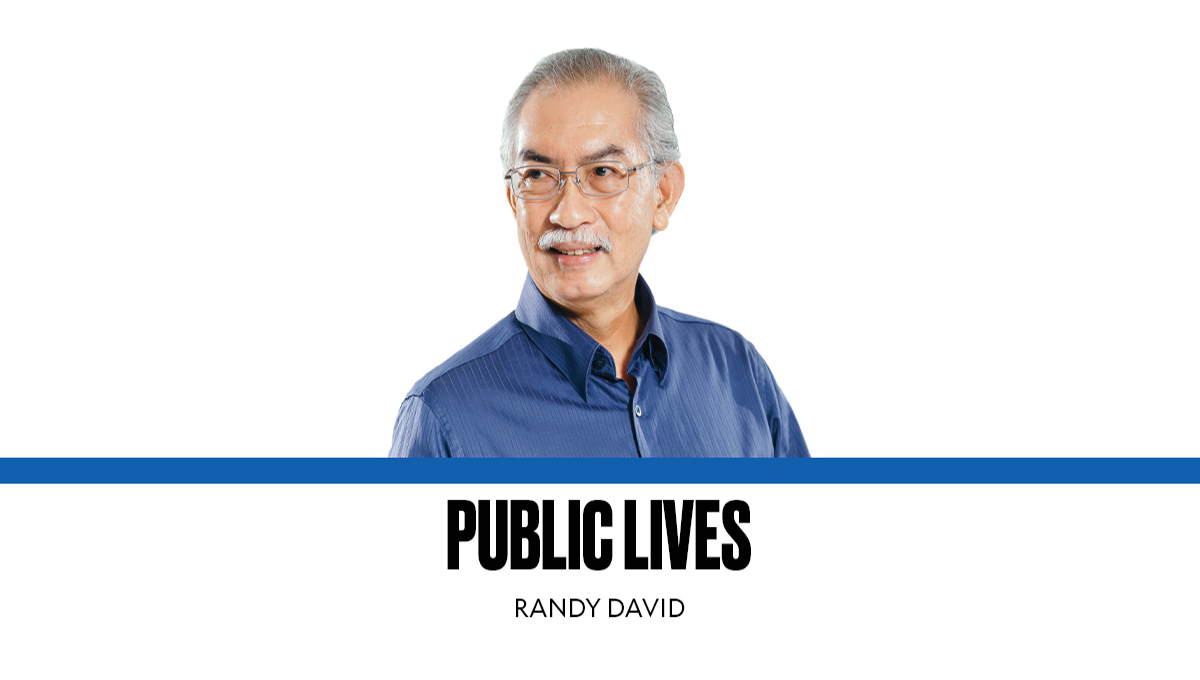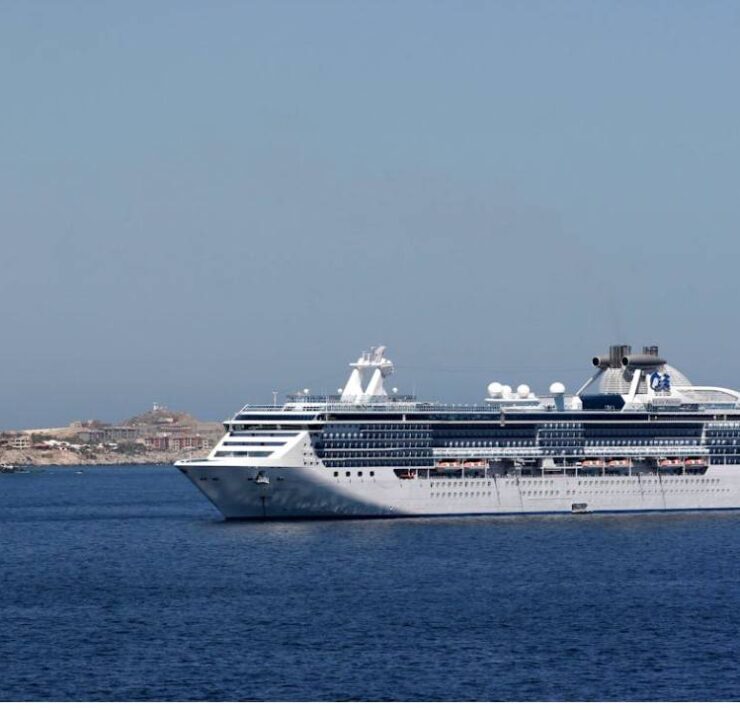Varieties of ecological communication

At various points during the July 25 televised presidential briefing on the disaster situation created by Supertyphoon “Carina” (International name: Gaemi) in conjunction with the southwest monsoon, President Marcos expressed his frustration over the type of information he was getting from the different government agencies in attendance.
The President and his officials were clearly not on the same page, or, to use another metaphor, the same bandwidth. At that particular moment, he wanted to get a sense of the scope and efficacy of the government’s emergency response and mitigation efforts. They, on the other hand, seemed more concerned with comparing this recent ecological event with memorable ones from the past, like Tropical Storm “Ondoy.”
“Can we focus on what the situation is now,” Mr. Marcos pleaded. “I remember I asked for a map or a list of areas that are still isolated, number one. And number two, we can see for ourselves that the typhoon is leaving. So, where are we now?” His demand for specific information on the actual situation on the ground was premised on the understanding that since the first response was supposed to come from the local government units, he said that he needed to know where national government support was most urgently needed.
“We need specific figures. That’s why I’m trying to assess the damage … I need to know how much help they need. Each province is different, each region is different. This has to be a measured response simply because we cannot do anything otherwise.” Mr. Marcos was trying to tell the officials present that limited resources must be directed to areas where they were most urgently needed.
“Okay, look. What I need to know, what we need for us to be able to decide what to do next: we have to understand it’s not very useful for me to hear that 164 requests for rescue [have been received]. This means nothing. Where [are these coming from]?!” he asked in benign exasperation.
What we are witnessing here is a President who demands to know where and what forms of action were most needed to quickly soften the impact of the disaster, while his officials seemed more keen to show him (and the viewing public) that their departments had not been remiss in their duties, that relief goods had been pre-positioned, and that outcomes like unexpected flooding in some areas could be readily explained.
Interestingly enough, though perhaps not surprisingly, the President found himself invoking the same rationalizations when he ascribed the gravity of the situation to climate change and attributed the flooding in many places in Metro Manila and the nearby provinces to “improper” garbage disposal. This is such a sweeping and convenient explanation for an old problem that was supposed to have been solved by the claimed completion of 5,500 flood control projects under his administration.
Was human behavior not considered a factor in the design of these costly infrastructure projects? It is almost certain that there are other reasons for the recent severe flooding.
Could the controversial land reclamation (“recovery”) projects along Manila Bay be among these? Some local government officials were quick to deny that land reclamation had anything to do with the flooding. But how would they know?
Scientists need to weigh in on these complex questions. They need to enrich public discourse by discussing the various ways in which ecological dangers take shape—especially those that arise from policies issued by the political authorities and from the unsustainable practices of some economic entities. These institutional systems are not any less self-referential and subject to blind spots as the slum dwellers that are accused of thoughtlessly throwing their domestic trash into esteros and rivers.
For such is the structure of modern society: It tends to be so differentiated into autonomous function systems that it’s almost a joke to say that government can spearhead a so-called “whole-of-nation” approach to environmental problems. Right within the government itself, as we have seen, various agencies and offices are prone to operate on different bandwidths.
Proceeding from different perspectives and priorities, they do not always manifest the same level of sensitivity to environmental events and their effects on people.
It was painful to watch Mr. Marcos desperately coaxing his subordinates to align their compartmentalized communications with his own communicative needs. This is better done off-camera, and in accordance with a framework that distinguishes the information requirements of the various phases of disaster management.
During his visit last Thursday to Valenzuela, Navotas, and Malabon to assess the damage wrought by the floods, Mr. Marcos ruefully observed: “The floods this time are wider in scope. More areas ended up flooded, unlike during Ondoy.
And yet we have more flood control projects now.” The impartial voice of science needs to tell him why this is so. Perhaps only then may we begin to allot more attention and money to disaster prevention rather than to disaster mitigation and recovery.
—————-
public.lives@gmail.com





















